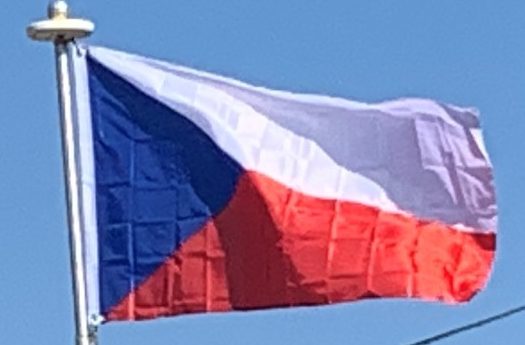The First Czechoslovak Republic comprised only 27% of the population of the former Austria-Hungary, but nearly 80% of the industry, which enabled it to successfully compete with Western industrial states. In 1929 compared to 1913, the gross domestic product increased by 52% and industrial production by 41%. In 1938 Czechoslovakia held 10th place in the world industrial production.
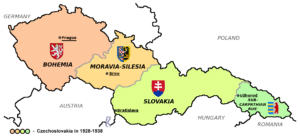
Although the First Czechoslovak Republic was a unitary state, it provided what were at the time rather extensive rights to its minorities and remained the only democracy in this part of Europe in the interwar period. The effects of the Great Depression including high unemployment and massive propaganda from Nazi Germany, however, resulted in discontent and strong support among ethnic Germans for a break from Czechoslovakia.
Adolf Hitler took advantage of this opportunity and using Konrad Henlein’s separatist Sudeten German Party, gained the largely German-speaking Sudetenland (and its substantial Maginot Line-like border fortifications) through the 1938 Munich Agreement (signed by Nazi Germany, France, Britain, and Italy). Czechoslovakia was not invited to the conference, and Czechs and Slovaks call the Munich Agreement the Munich Betrayal because France (which had an alliance with Czechoslovakia) and Britain gave up Czechoslovakia instead of facing Hitler, which later proved inevitable.
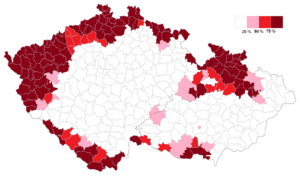
Despite the mobilization of 1.2 million-strong Czechoslovak army and the Franco-Czech military alliance, Poland annexed the Zaolzie area around Český Těšín; Hungary gained parts of Slovakia and the Subcarpathian Rus as a result of the First Vienna Award in November 1938. The remainders of Slovakia and the Subcarpathian Rus gained greater autonomy, with the state renamed to “Czecho-Slovakia”. After Nazi Germany threatened to annex part of Slovakia, allowing the remaining regions to be partitioned by Hungary and Poland, Slovakia chose to maintain its national and territorial integrity, seceding from Czecho-Slovakia in March 1939, and allying itself, as demanded by Germany, with Hitler’s coalition.
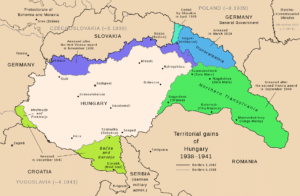
The remaining Czech territory was occupied by Germany, which transformed it into the so-called Protectorate of Bohemia and Moravia. The protectorate was proclaimed part of the Third Reich, and the president and prime minister were subordinated to the Nazi Germany’s Reichsprotektor. Subcarpathian Rus declared independence as the Republic of Carpatho-Ukraine on 15 March 1939 but was invaded by Hungary the same day and formally annexed the next day. Approximately 345,000 Czechoslovak citizens, including 277,000 Jews, were killed or executed while hundreds of thousands of others were sent to prisons and Nazi concentration camps or used as forced labor. Up to two-thirds of the citizens were in groups targeted by the Nazis for deportation or death. One concentration camp was located within the Czech territory at Terezín, north of Prague. The Nazi Generalplan Ost called for the extermination, expulsion, Germanization or enslavement of most or all Czechs for the purpose of providing more living space for the German people.
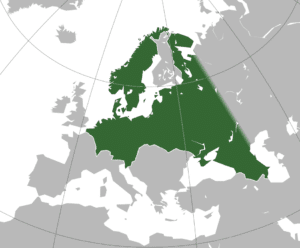
There was Czech resistance to Nazi occupation, both at home and abroad, most notably with the assassination of Nazi German leader Reinhard Heydrich by Czechoslovakian soldiers Jozef Gabčík and Jan Kubiš in a Prague suburb on 27 May 1942. On 9 June 1942 Hitler ordered bloody reprisals against the Czechs as a response to the Czech anti-Nazi resistance. The Edvard Beneš’s Czechoslovak government-in-exile and its army fought against the Germans and were acknowledged by the Allies; Czech/Czechoslovak troops fought from the very beginning of the war in Poland, France, the UK, North Africa, the Middle East and the Soviet Union (see I Czechoslovakian Corps). The German occupation ended on 9 May 1945, with the arrival of the Soviet and American armies and the Prague uprising. An estimated 140,000 Soviet soldiers died in liberating Czechoslovakia from German rule.
